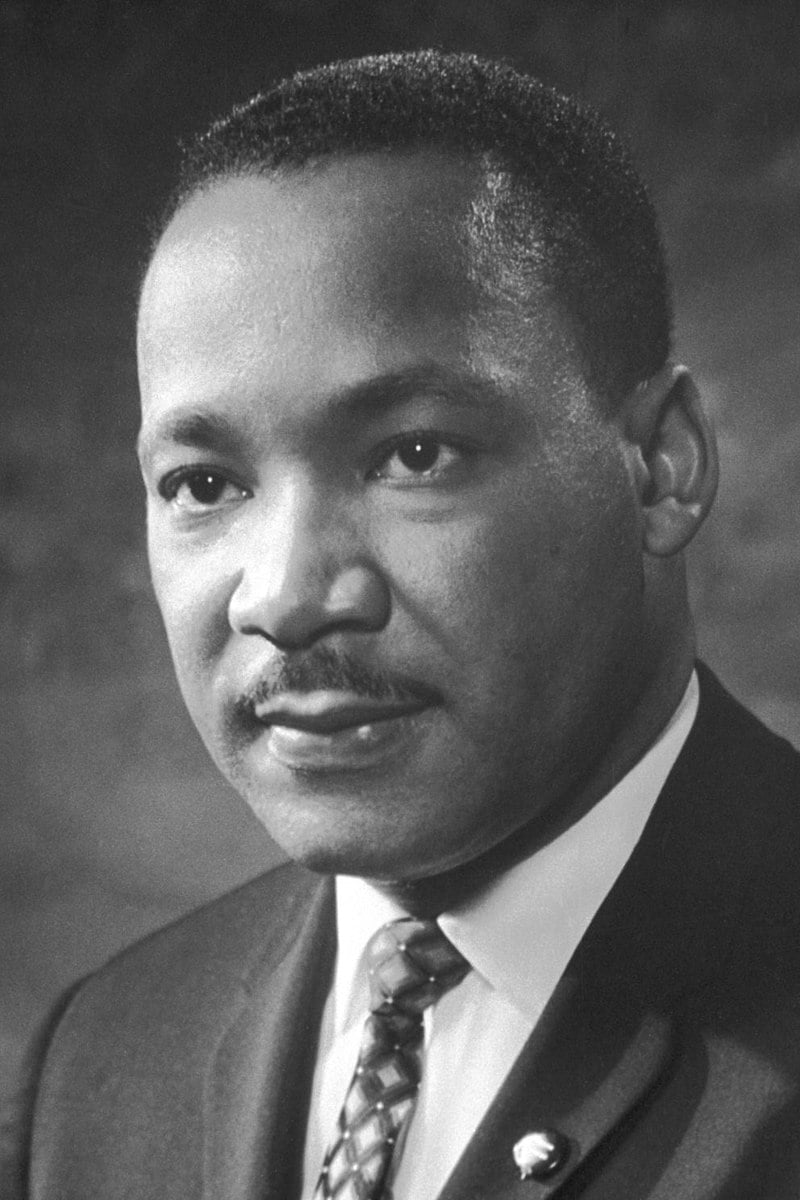Martin Luther King & Birmingham, Alabama, 1963 (Edexcel GCSE History): Revision Note
Exam code: 1HI0
Summary
Martin Luther King and the Southern Christian Leadership Conference (SCLC) realised that direct action was a powerful tool that could help attract attention to the cause of desegregation. They also realised that when their protests provoked a violent reaction from those opposed to desegregation, their cause got even more attention and made their opponents look like thugs. As a result, in 1963, King and the SCLC launched Campaign C in the heavily segregated city of Birmingham, Alabama. The result was brutality and violence. The police attacked peaceful protesters with police dogs and fire hoses. This shocked the nation and gained support for the civil rights movement. The campaign also included the arrest of Martin Luther King. The events in Birmingham highlighted the urgent need for change. It inspired people across the country to join the fight for racial equality.It (opens in a new tab) resulted in newspaper headlines around the world and Birmingham becoming desegregated.
The emergence of Martin Luther King & the Southern Christian Leadership Conference (SCLC)
Martin Luther King emerged as an important figure and leader of the civil rights movement during the Montgomery Bus Boycott
He had a middle-class upbringing and was the son of a Baptist minister from Atlanta, Georgia
After completing a PhD at Boston University, he was appointed minister at the Dexter Avenue Baptist Church in Montgomery, Alabama in 1955
His skills as an orator and organiser as well as his energy and enthusiasm inspired others during the bus boycott
This led to him being chosen as the leader of the Montgomery Improvement Association (MIA) which helped coordinate the boycott
Despite suffering threats, intimidation and having his house firebombed, victory in desegregating Montgomery’s buses was only the start of King’s involvement in the civil rights struggle
He helped create the Southern Christian Leadership Conference (SCLC) in 1957 which was determined to challenge racism through non-violent means
The SCLC emerged from the Black church and its motto was ‘not one hair of one head of one White person shall be harmed’

Segregation in Birmingham, Alabama
In 1963, every aspect of life in Birmingham, Alabama remained segregated
It had a population of around 350,000
Of that population, 150,000 people were Black
Black churches, businesses and homes in Birmingham were frequently targetted with firebombs
It began to be known as ‘Bombingham’
The man in charge of keeping law and order in Birmingham was Police Chief ‘Bull’ Connor
He was known to be a supporter of the KKK

Examiner Tips and Tricks
When you are asked to explain why something happened, such as why Birmingham, Alabama eventually desegregated, it can be useful to organise your answer into long-termlong term and short-termshort term causes. An example of a long-termlong term cause could be the ruling of the Supreme Court in 1954 that stated that education must be desegregateddesegregate. A short-term cause might be ‘Bull’ Connor’s decision to set dogs on protestors and arrest children as this turned people against those in favour of segregation.
The events & impacts of Campaign ‘C’
When Birmingham closed its swimming pools, parks and playgrounds rather than desegregate them, the SCLC decided to confront them
They called this confrontation ‘Campaign C’ and it involved direct action protests such as:
Sit-ins
Boycotts of shops and businesses
Marches
It was hoped that the peaceful confrontation of Campaign C would provoke the police into violence and attract media attention
That is exactly what happened when thousands of peaceful demonstrators marched through Birmingham on 3 May 1963
Many women and children took part in the demonstration
‘Bull’ Connor ordered his officers to:
Set dogs on the demonstrators
Blast them with fire hoses
Arrest the protestors regardless of age
Almost 2,000 demonstrators were jailed and around 1,300 children were arrested
TV news crews filmed the shocking scenes and they were broadcast all over the world
The images were very powerful and President Kennedy claimed that the events had ‘damaged America’
Campaign C had succeeded in provoking ‘Bull’ Connor who was removed from his job
Kennedy sent 3,000 federal troops to Birmingham to maintain order
Birmingham began to desegregate

Unlock more, it's free!
Did this page help you?